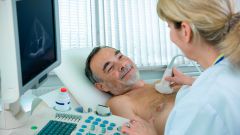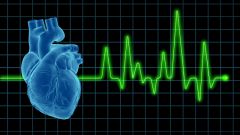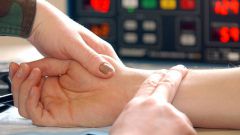What determines heart rate
Heart rate (pulse) reflects the number of oscillations of the walls of the arteries that arise from the contraction of the heart. Her norm is different for each person. It depends on the age, health condition, fitness of the body, the ambient temperature and other factors. The average normal pulse rate in an adult is 60 – 80 beats per minute.
Age-related changes in heart rate is particularly noticeable in childhood. For example, newborn babies heart muscle is reduced in 2 times more often than adults. As they grow, and the formation of adaptive mechanisms in the body of the child, the normal heart rate decreases, and 13 – 16 years is the same as that of an adult. In adulthood, especially in the absence of physical activity, the heart gradually grows old and the heart rate quickens. In the 60 – 80 years, the normal heart rate is 75 – 80 beats per minute.
How do you know the normal pulse
The heart rate of each person is strictly individual. To define it better in the morning after waking up. Usually the pulse is measured on the inside of the wrist. It is necessary to find the point at which the well felt the vibrations of the radial artery, reflecting the contraction of the heart. You can count the number of beats for a minute or 30 seconds, multiplying the resulting figure by two. For the reliability of the result pulse is measured for three consecutive days, it is advisable to do it in the sitting position. If the number will be approximately the same, then it will be the normal pulse rate of an individual.
Reasons for deviation of heart rate from the norm
Increased heart rate (tachycardia) is observed in cases when the body needs an increased supply of blood, for example during physical exertion, emotional arousal and a hearty meal.
Slow pulse (bradycardia) at a normal feeling indicates a good fitness of the body. If the decrease in the heart rate accompanied by weakness and dizziness, seek medical help.
Very often the causes of pulse changes are functional disorders of the heart healthy, organic lesions of the heart muscle, toxic or traumatic damage to the organism as a whole, thyroid disease, metabolic potassium and magnesium. In this case, the heart rate returns to normal after treatment of the disease, which has led to disturbance of the heart rhythm.





